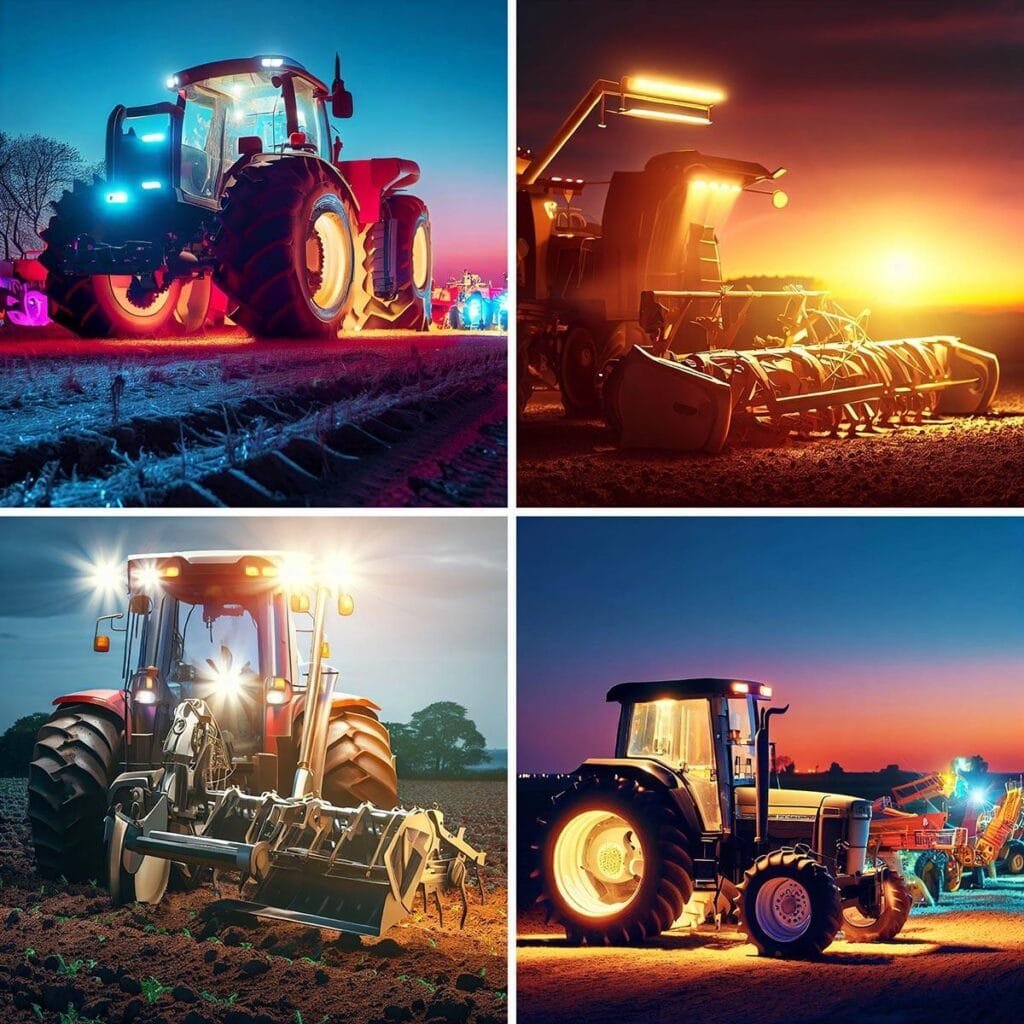You might expect a rivalry between farm tractor manufacturers to be quaint, maybe even rooted in nostalgia for steel-rimmed wheels and the soft thunk of diesel engines from half a century back. However, today’s contest is defined less by grit under fingernails and more by terabytes, touchscreens, precision actuators—yet paradoxically, it is the old workhorses of the field that stand at the epicenter of this technological shakeup. The landscape has never looked so unpredictable.
Deere & Co., draped in its iconic green-and-yellow palette, continues to dominate headlines with high-tech machinery brimming with data analytics and self-steering abilities. AGCO Corp., however, has shifted strategy: rather than chasing those buying only factory-new equipment every season (a mere 7% minority), they have doubled down on retrofitting existing tractors—including not only their own but those of rivals. By making “dumb” tractors smarter through advanced attachments like Precision Planting systems or sophisticated yield monitors, they’re unlocking swathes of untapped market potential; after all (and somewhat ironically), most U.S. farmers operate used machines instead of shiny showroom models.
Inside Illinois fields right now sits an example—a 2010 Deere 1770NT planter humming with new AGCO Precision Planting tech upgrades—installation that saves not just capital but also trust in time-honored machinery already proven under local soils’ caprice. Such hybridization keeps repairability intact for operators reticent toward proprietary firmware locks or dependencies upon dealerships; it’s almost as if these incremental technical accretions allow older chassis to leapfrog certain flashier features found in autonomous newcomers without sacrificing autonomy (in both senses).
It would be disingenuous to claim old school always beats newfangled every time; yet recent conversations among Midwest growers reflect frustration over servicing requirements imposed by ultra-modern tractors whose mechanical maladies increasingly demand laptop diagnostics instead of wrenches or socket sets—raising maintenance costs beyond reach for many family-run acres. Indeed: “The newer machines,” one farmer noted recently at a trade show panel discussion layered over coffee aroma and distant drone footage on display screens nearby, “if something breaks? You gotta have a computer guy out there.” That hesitancy isn’t simply skepticism born from tradition—it’s practicality intersected by rising cultivator costs amid volatile grain prices.
Nonetheless—and here’s where things get interesting—the embrace of high tech does not actually represent contradiction but convergence: Smart retrofits let established tractors reap modern efficiencies once reserved for premium roll-outs while sidestepping monumental investments required to replace entire fleets wholesale each decade. Specialized sensors gauge soil moisture continuously now where previous generations tested earth between callused palms—for better yield mapping and customized fertilizer delivery at sub-meter accuracy levels once unimaginable outside laboratory settings.
Meanwhile across industry journals another theme emerges: GPS guidance systems transformed contemporary agriculture much as combustion engines once did before them—it was high technology then too! Current iterations boast centimeter-level precision steering plus integration with weather modeling networks; occasionally one wonders whether there’s such thing anymore as an ordinary row crop operation void these digital trappings.
That said… Most don’t appreciate how swiftly artificial intelligence made itself essential within farm operations: smart tractors routinely analyze real-time sensor data during planting seasons so seeds nestle into furrows at precisely calculated intervals calibrated against historic rain patterns or even 10-day forecasts piped directly into dashboard cockpit interfaces from satellites whirring above rural America day after day (incidentally some early Leica GPS systems are still running). Not all innovations catch on overnight though—a phenomenon best displayed perhaps when contrast arises between farmers eager for hands-off automation versus others preferring control from their own well-worn cabs outfitted with aftermarket monitors but little else flashy inside. Curiously enough sometimes both attitudes coexist within partnerships spanning two generations farming side-by-side—each convinced theirs brings more reliability come October harvest rush!
A few inefficiencies persist because software glitches can halt progress faster than broken fan belts managed ever could before AI entered agricultural vocabulary—or so goes common anecdote found around parts counters this spring—and yet statistically adoption rates climb year-over-year nearly everywhere reliable broadband exists; some regions leap ahead due purely because their crops command higher premiums resulting in management investing earlier than neighbors did five years prior (though contrary opinion argues machine learning hasn’t quite caught up to human intuition during erratic Midwest storm fronts).
As farms become experimental proving grounds for next-generation vehicular intelligence—not unlike automotive testbeds—the line separating vintage iron upgraded anew versus original spec models grows blurry indeed; still you find outsiders surprised when venerable brands return smarter rather than fading quietly away under relentless pressure from startups touting robotics alone as salvation-in-haste.
To summarize cogently would risk missing nuances present across individual operations grappling daily between dexterity retained via simplicity against seductive promise embedded neatly within glossy sales literature trumpeting full-fleet integrations orchestrated via machine learning platforms operating unseen beneath dashboards older than most consumer smartphones—or industrial laptops patched ironically using downloaded files kept on USB sticks clipped behind sun visors somewhere out past mile marker three near the newest grain elevators shining atop last year’s muddy footprints splashed against familiar sheet metal curves seen since childhood but humming freshly now thanks wholly unexpected circuitry hidden deep inside legacy frames painted blue or red decades ago.

